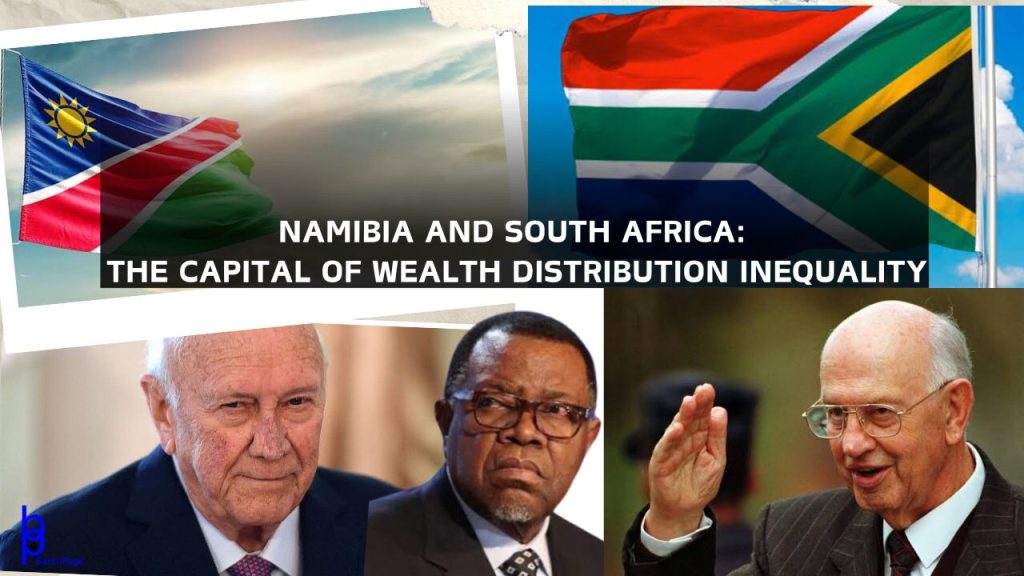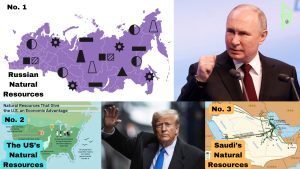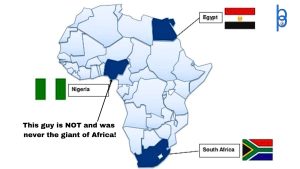
Why do Namibia and South Africa have a minimal population yet uneven wealth distribution?
Namibia was referred to as Southwest Africa up until 1968. Its name derives from the Namib Desert, the oldest desert on Earth, dashing into the southern Atlantic coast and sharing borders with Zambia, Botswana, Angola, and South Africa. As is the case with most of Africa, various European invaders have taken advantage of Namibia since missionaries first arrived there in the middle of the 1800s.
The Germans conquered Walvis Bay, the nation’s only deep-water port, in 1878 and proclaimed South West Africa a colony in 1884. Germany launched a settlement programme and increased its military presence between 1904 and 1907. It was here that the twentieth century’s first genocide occurred. Almost 75,000 people, or 60% of the population, perished (Knight, 1989). Germany lost most of its African colonies at the end of the Second World War. It was at this time that the Namibian colonial master shifted sides; South Africa, which at the time was under white apartheid rule, took charge of the vast, arid land embedded with the Namib.
The apartheid system was precisely the same in Namibia since both countries at the time were one. The Boers controlled everything, while the blacks lived in servitude to them. Indigenous Namibians were a defeated people who had no say about their lives or future. They had no representation in international politics; the white minority government dictated everything. After over a century of being under the tutelage of colonialism, they gained independence on March 21, 1990. It is imperative to note that Namibia’s independence was not served on a silver platter; it was hardly fought. Hosea Kutako, Namibia’s true nationalist, fought tooth and nail for the freedom of the various ethnicities that make up present-day Namibia.
Namibia, like most of sub-Saharan Africa, is heterogeneous despite having barely three million people. It has eleven ethnic groups that speak different languages and are culturally dissimilar. Namibia defies the correlation that the fewer the numbers, the easier the distribution of wealth. The reverse is the case for Namibia. Given its small population and natural endowment, wealth distribution would have been far-reaching or less disproportionate. However, Namibia is one of the most unequal countries in the world. In fact, it is the second most unequal in wealth distribution in the world, behind South Africa, its sister country, whose economic and socio-political character bears the same foundation.
Apartheid rings home with South Africa, but not all are aware that Namibia at the time was part of South Africa; thus, the apartheid system included present-day Namibia. A little over 2,000 years ago, the San, also known as the Bushmen, were hunters and gatherers who lived throughout the area, while the Khoekhoen, also known as the Hottentots in early European nomenclature, were pastoralists who had primarily congregated along the coast. Around this period, Bantu-speaking agropastoralists started travelling from the eastern lowlands to the highlands in southern Africa. Complex political and material cultures have been documented at several archaeological sites.
In 1652, the Dutch East India Company settled in Table Bay, making it the first European settlement. The mineral revolution reinstated white occupation and subsequent settlement. This further re-established their foothold on South African soil. The grasp on these minerals and other resources, as well as significant control by the white minority, made the black majority live in denial, or rather create a wide margin in the wealth distribution chain among South Africans. Now, the question is why Namibia and South Africa, two countries that used to be one country, are the centres of inequality in the world. This is where the European factor applies in both countries.
Europeans invaded and seized the geographical area now called South Africa and Namibia and imposed an apartheid system of government on the indigenous people. After apartheid was unsustainable following pressure from the world, they discontinued apartheid but retained all the lands and wealth chains of both countries. European Namibians and South Africans, descendants of Europeans (Afrikaans and Boers), make up barely 10% of both countries but control 70% of the wealth, thus widening the wealth distribution gap. Though apartheid has since ended, the retention of the centres of wealth, expertise, and capital never left the white minority. Consequentially, the wealth disparity in both countries widened as a result.
However dignifying, Nelson Mandela’s forgiveness and reconciliation project lacked merit in the face of economic reality. As the old saying goes, “If wishes were horses, beggars would ride.” It takes more than just being good to run a country. Forgiveness is a weak approach to a problem involving the masses. Retribution in the face of injustice should be a requisite or inescapable, without which injustice may never prevail.
By Chidimma NWAFOR





